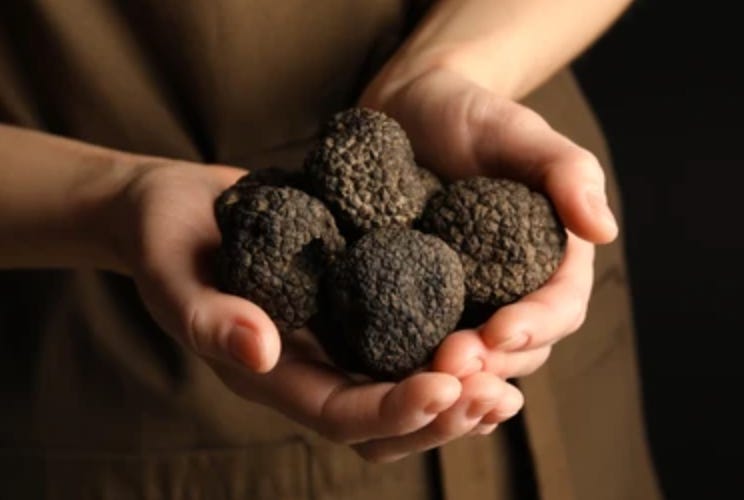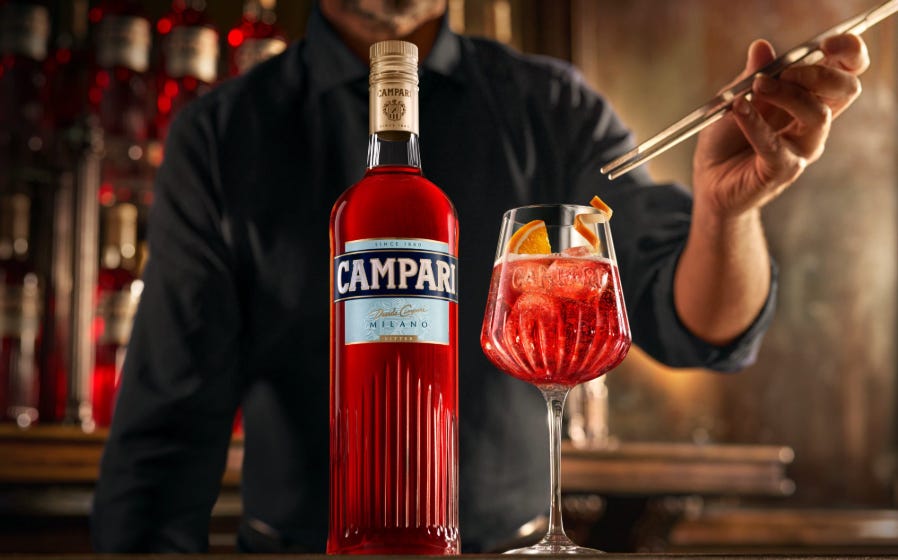Beyond Barolo and Truffles: the Glories of the Italian Piedmont
Welcome Gian Pertusi, Wine and Travel Expert: Sip, Savor, Explore – the Italian Piedmont
Confession: I’m Totally Biased About Piedmont — And After Visiting, You Might Be Too
Let me get this out of the way: this isn’t an objective travel piece. It’s personal. Deeply personal. Piedmont (Piemonte), tucked away in Italy’s northwest corner, is where my parents were born — and where my lifelong love and appreciation of food and wine began.
I may have grown up in the United States, but while my friends were eating hamburgers, fried chicken, and the occasional tuna casserole, my childhood dinners were a different affair altogether. Think Osso Buco, slow-simmered Risotto, rustic Chicken Cacciatore, and hand-rolled pastas. I didn’t know how lucky I was back then — I even envied the American meals on my friends’ plates. It didn’t take too many years to realize I was one lucky kid.
Everyone has their version of Italy. For some, it’s the sun-drenched Amalfi Coast. For others, the postcard hills of Tuscany or the vibrant markets of Sicily. But my Italy is different. It’s the gentle, vineyard-laced hills of Langhe, Roero, and Monferrato — a land where food and wine aren’t just enjoyed, they’re lived.
Piedmont is no longer the best-kept secret it once was. Word has gotten out, especially among travelers who follow their stomachs. Yes, the region is known for its Barolo and truffles, but there's so much more. Wherever I travel through other areas of Italy and mention my Piedmontese roots, the reaction is always the same: a knowing smile and something like, “Ah, up there you eat and drink well.” High praise from Italians, who know a thing or two about food and rarely give props to another culinary region.
Wine is the beating heart of Piemonte’s identity. There’s Barolo, of course — the king of wines. But don’t stop there. Dive into Barbaresco, Barbera, Dolcetto. Sip the floral whites like Arneis and Gavi, and the celebratory sparkle of Moscato d’Asti and Spumante. Every town and every hill seems to have its signature varietal. My family tended vineyards that made a lesser-known gem called Ruchè. When they tuck a few bottles into my luggage, they call it “il nostro vino.” “Our wine.” You don’t just taste the terroir — you taste belonging and pride
Getting here is easier than you might think. Turin (Torino), the regional capital, is one of Italy’s most underrated cities. It has elegance, culture, and serious culinary chops. It’s the birthplace of Campari and an incredible range of vermouth and amaro. Aperitivo hour is a cherished and daily ritual here. The 2006 Winter Olympics gave the city a facelift, so getting around is a breeze. Insider tip: Even if you’re flying into Milan’s Malpensa Airport, you’re only about an hour and a half away from Turin — an easy and scenic ride by bus or train
To explore the countryside, renting a car gives you freedom to roam — to discover those tucked-away villages, hilltop castles, and family-run wineries. But if you’d rather let someone else take the wheel, base yourself in Alba or Asti, where wine tastings, truffle hunts, and food tours are just a day trip away. Luxe wine resorts, wellness spas, and charming agriturismos (farm stays) dot the landscape — there’s a style for every traveler.
Where there’s great wine, you’ll find unforgettable food. Piemonte leans into handmade pasta, often filled with local meats, cheeses, or herbs. Agnolotti, ravioli, tortellini — I can never resist. The cuisine is hearty but elegant, less reliant on tomato sauces than the south, instead celebrating veal, wild mushrooms, hazelnuts, and truffles — one of Italy’s ultimate indulgences. Salumi and cheeses are crafted from centuries-old family recipes, and risotto reigns supreme, thanks to Piedmont being Europe’s largest rice producer. Every bite tells a story of place and tradition.
The best part? Piemonte is a destination for all seasons. Fall is festival time — a whirlwind of local food events, headlined by Alba’s White Truffle Fair, which draws gourmets worldwide in October and November. The region also birthed the Slow Food movement and hosted the Salone del Gusto in Turin for even-numbered years. In odd years, the town of Bra throws the world’s largest artisanal cheese festival. Come spring, I love attending Vinum Alba — a celebration of wine and regional specialties. Summer invites hiking in the hills or lounging by nearby lakes. And winter? There's a reason the Winter Olympics were held here — and will return to nearby Milan in 2026.
There’s a common expression around here: Piano, piano si va lontano — “Slowly, slowly, you’ll go far.” That’s how Piemonte welcomes you: with time, warmth, and a table always set for one more. It may not be the Italy you’ve seen in postcards, but it will stay with you. And it’s not far away at all.
Come hungry. You won’t leave disappointed.








